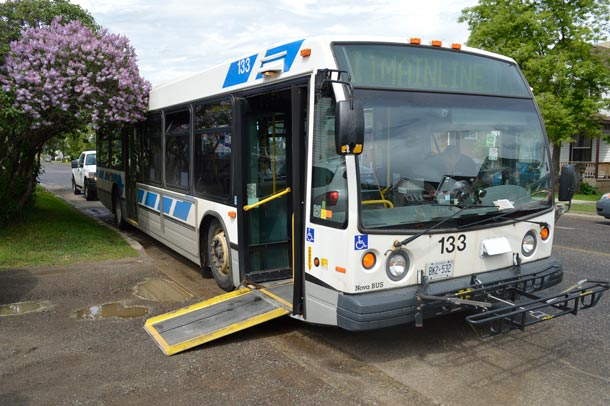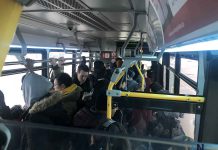CALGARY, AB – LIVING – The Vancouver Mayor’s Council on Regional Transportation has an ambitious 30-year vision (starting with a 10-year plan) that would dramatically expand mass transit in Vancouver by increasing bus service (including carrying capacity, frequency and service areas), increasing Sea Bus service, upgrading light rail lines and stations, increasing heavy rail train service, installing more than 2,700 kilometres of dedicated bikeways, and more.
Metro Vancouverites will vote via mail-in plebiscite (ending May 29) to fund this mass transit expansion with an increased Provincial Sales Tax (only in the regions affected by the expansion) that would collect an additional $250 million a year from taxpayers. Other cities are poised to copy Vancouver, including Toronto and Montreal.
There may well be merit in some or all of these proposals. However, recent developments in personal transportation raise questions about long-term plans to build fixed point-to-point transit systems.
For example, privately owned bus lines are moving people between cities inexpensively, and with user-selectable levels of amenities. Car-sharing services such as Car2Go have changed the economics of personal transportation, offering individualized door-to-door options for non-car owners formally reliant on mass transit or often-rationed taxi services. Newer car-service networks (Uber, Lyft) are also beginning to change the way people are transported, and that transportation revolution is expected to grow significantly as shared-ride companies/applications expand into commuter ride-share programs. In fact, shared-commuting programs such as UberPool and Lyft Line are already being tested in select markets. In a time of growing transportation dynamism, the Mayor’s Council seems locked in a long-term planner mentality.
There are many nuances to these new transportation options, but one over-arching attribute defines them – they are highly dynamic. Prices are estimated individually for each trip before the trip. Premium prices reflect (and alleviate) scarcity at peak demand or in peak congestion. And the number of vehicles available to transport passengers is determined by market signals rather than transit planners.
Emerging transportation options also offer much more individualized mobility. The new person-to-person transportation services offer customers door-to-door service, and give customers access to information about who will pick them up, where the car is coming from, how others have evaluated drivers, and more. Customers can choose the type of vehicle they want to ride in (from bargain to deluxe high-end vehicles) and other options such as Wi-Fi connections, snacks and beverages.
Furthermore, new transportation options will probably save commuters time. According to Statistics Canada, in 2010, automobile commuters spent an average of 24 minutes getting to work, while transit users spent 44 minutes. Even if ride-share services add an extra few minutes to gather up riders along the commute, time savings are likely to be considerable.
And there’s every reason to believe that new transportation options will save people money. Some reports suggest that in crowded cities such as San Francisco and Los Angeles, using Uber for all transportation is less expensive than car ownership. Uber is also less costly than taxis – at least some of the time. Uber itself estimates that its lowest-cost service is 30 per cent less expensive than taxi service.
The transportation system of tomorrow is likely to be a dynamic, personalized, person-to-person (or possibly robocar-to-person) system that will achieve many of the goals espoused by supporters of mass transit. It will probably reduce car ownership and increase ride-sharing, relieving traffic congestion and air pollution. And it could lead to either under-estimations of future transit ridership or over-estimation. It could also upset the cost-model of transit. Yet this burgeoning new world is barely considered or discussed in the Mayor’s Council plan.
In sticking with primarily traditional models of transit planning, an approach that favours fixed-routes, station-to-station movement – with time-consuming transfers from buses, to trains, to boats – the Vancouver Mayor’s Council does not seem to consider that future personalized transport modes may make these systems obsolete and make their investments ill-considered.
Before socking Metro Vancouverites for $250 million more a year, our dynamic transportation future deserves a bit more thought.
Kenneth P. Green is Senior Director, Natural Resource Studies at the Fraser Institute.
© 2015 Troy Media






